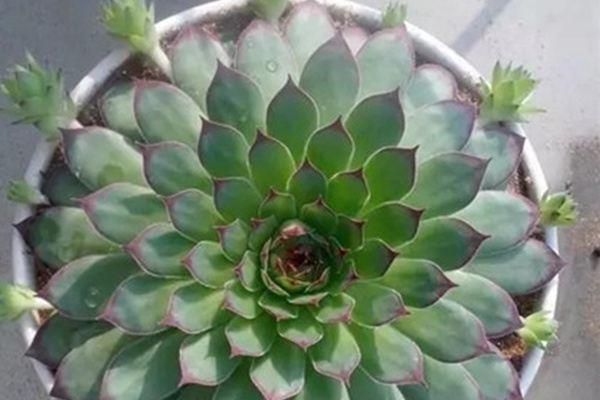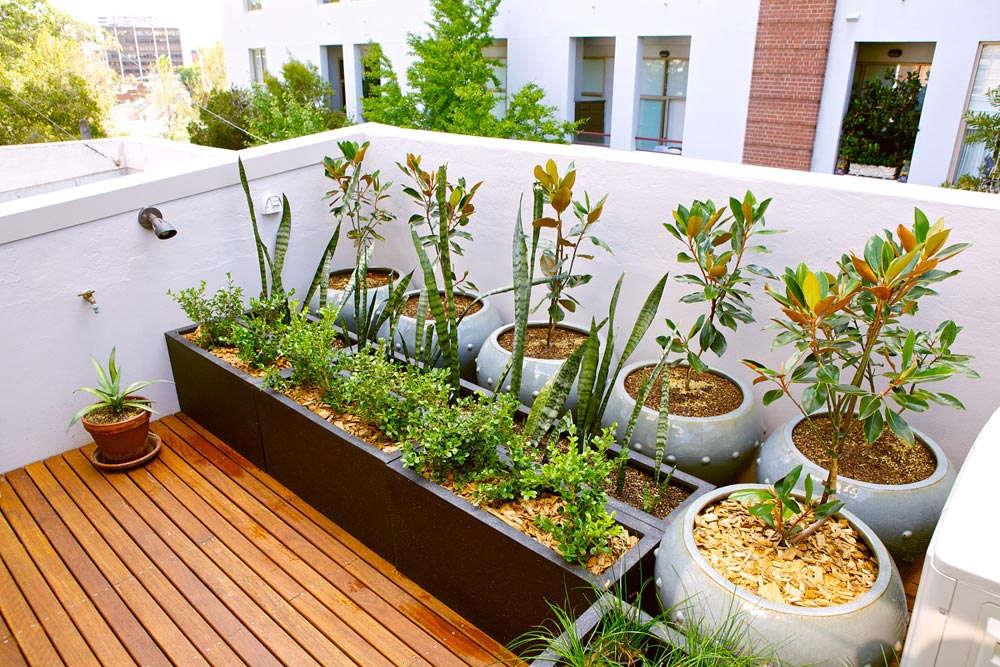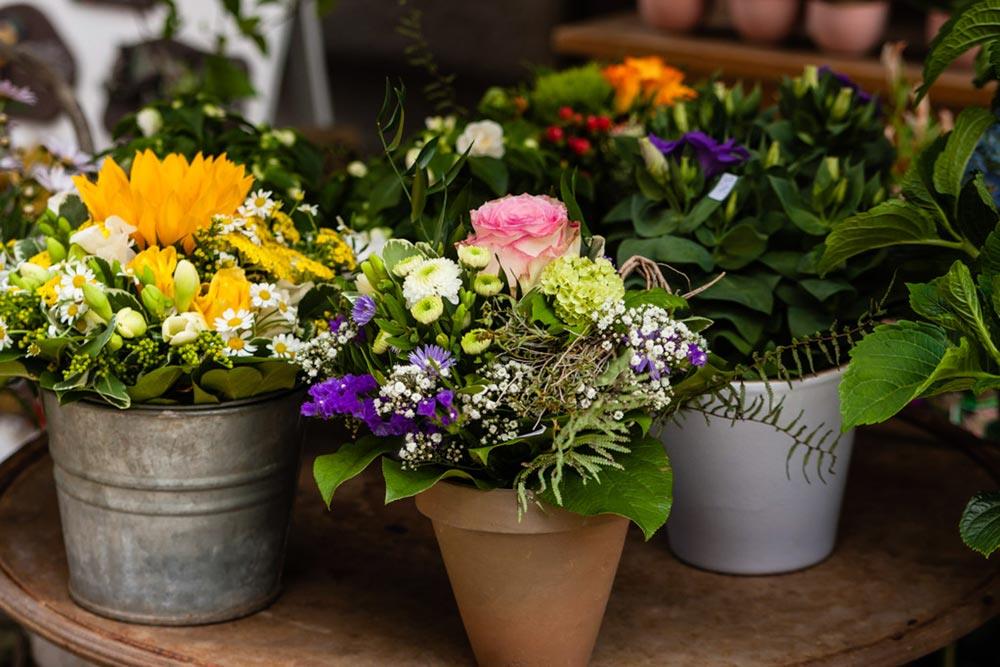These flowers are so prolific that they only bloom once a year. It’s so easy to burst the pot!
Last Update :2024.06.23
Article Catalog
Growing flowers is so difficult! Is there a kind of flower that can explode by itself without any careful management? Although this idea is too naive, there is a way to achieve it! The solution is to plant these flowers below!

Avalokitesvara
Guanyin Lotus

Guanyin Lotus is too firm , it can grow very well in summer, and it is basically free-range. I remember that Huahua bought a Guanyin lotus in the spring of 2015. It started to grow cubs after three months and four weeks, and it was changed to a larger pot in autumn. In the spring of the second year, the pots exploded, and they were like a fertility machine.
Guanyin lotus likes an environment with sufficient light, proper shade in summer, and watering 3-4 times a month in spring and autumn, and 2-3 times a month in summer.
If the flower pot is big enough, the small Guanyin lotus will grow its own roots when it comes into contact with the soil and grow into a new plant.
If you don’t want to affect the shape of the mother plant, you can cut off the small Guanyin lotus with scissors, put them in a well-lit and ventilated place to dry for half a day, and then cut them into other pots!
After the roots grow, you must ensure sufficient light, otherwise they will grow excessively.
Sunflower

Sunflower is It is generally accepted that flowers will never die. One plant this year will be followed by dozens or even hundreds next year. If you want to burst the pot, this is the right choice!
The method for sunflowers to burst into pots is generally self-sowing. That is, after your sunflowers bloom this year, let them set seeds and scatter them in the pot soil by themselves. You don’t need to worry about them the next year. To germinate, of course the prerequisite is that it must be placed outside in the winter and undergo the cold vernalization process.
There are also two methods of artificial pot explosion, which can be done alone or in combination, that is topping + cutting.
Topping is when the sunflower grows to more than 10 cm. When growing, cut off its higher branches, which will promote the germination of side buds. Let a sunflower grow very big.
In addition, the sunflower branches we cut can be directly inserted into the soil, watered thoroughly, and they will survive. It is very simple to insert the branches in a circle and pop the pot!
Chlorophytum

Those who have raised Chlorophytum As we all know, when spider plants multiply, they can literally overrun the area. Just pick the small spider plants and put them in the soil and they will live!
For spider plants that are about to grow into waterfalls, you can pick the small spider plants on the stolons and make cuttings.
Use sharp scissors to cut off the small spider plant, or gently pick it off with your hands.
Replant the small spider plant into a new pot, water it once and make the soil loose.
Put the spider plant in a pot in a well-lit and ventilated place, and it will take root in 1-2 weeks.
Aloe

After Aloe grows up , it will be easy to grow many small aloe vera at the place where the rhizome is connected, and it will become a big pot as it grows.
If your pot is too small and there are too many small aloe vera plants, consider dividing the pots into separate pots, remove the entire aloe vera family from the pots and soil, and separate the small aloe vera plants from the mother plant.
Replant the small aloe vera plants into the pot, not too densely. Note that it is best for the small aloe vera plants to have a few root systems, which will make them easier to survive.
Aloe likes light, but the newly planted aloe should be repotted in an environment with astigmatism and ventilation, and do not water too much.
Babies, do you know which plants are good for “fertilization”
Tell Huahua in the message~
sunflower
Chlorophytum
aloe vera
- END -
How to grow red-leaf plum blossoms

Soil: Red-leaf plum blossom has strong adaptability to soil, but grows best in fer...
what is millet

Millet is commonly known as millet. Its leaves are linear-lanceolate or long-lance...